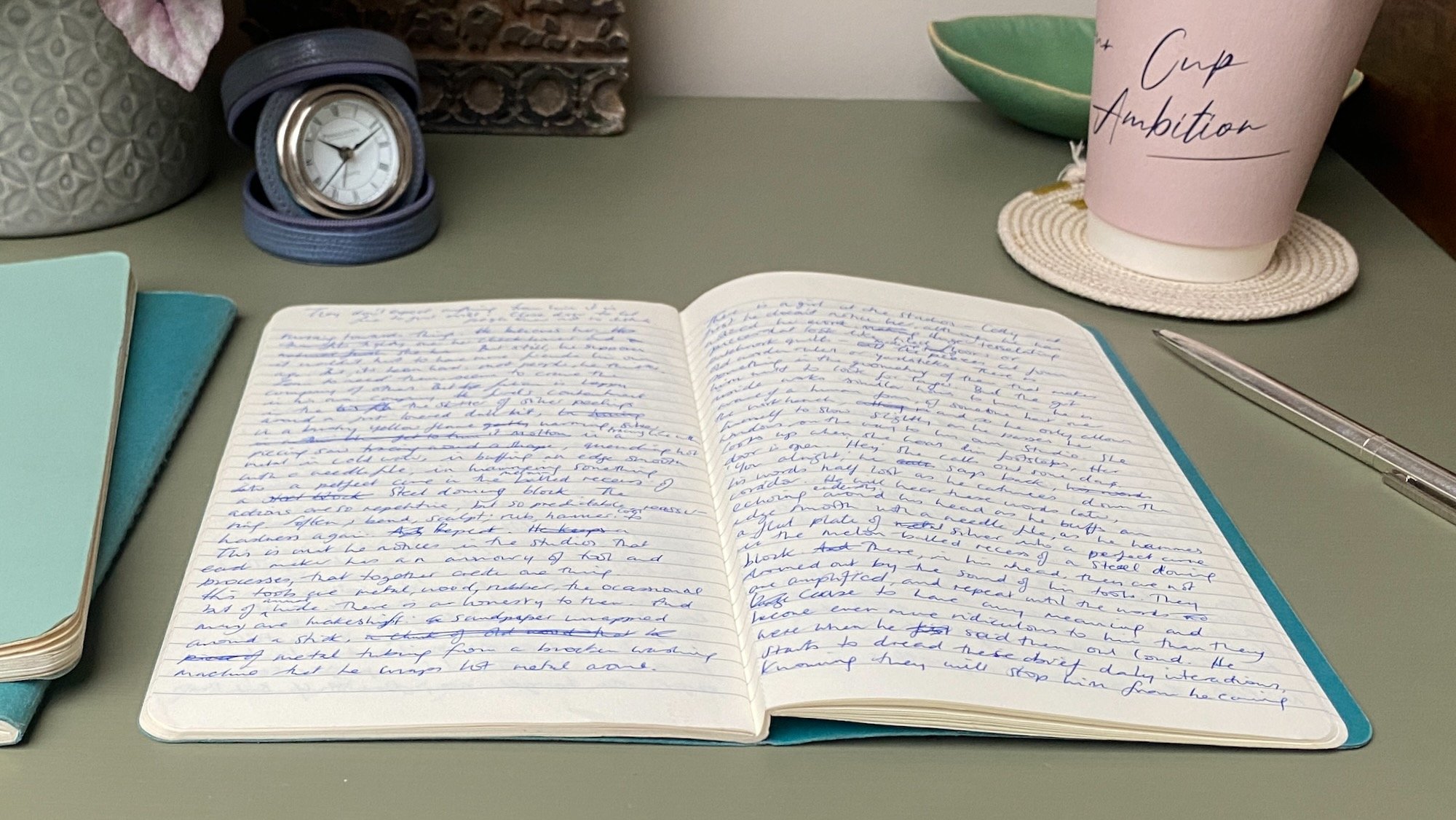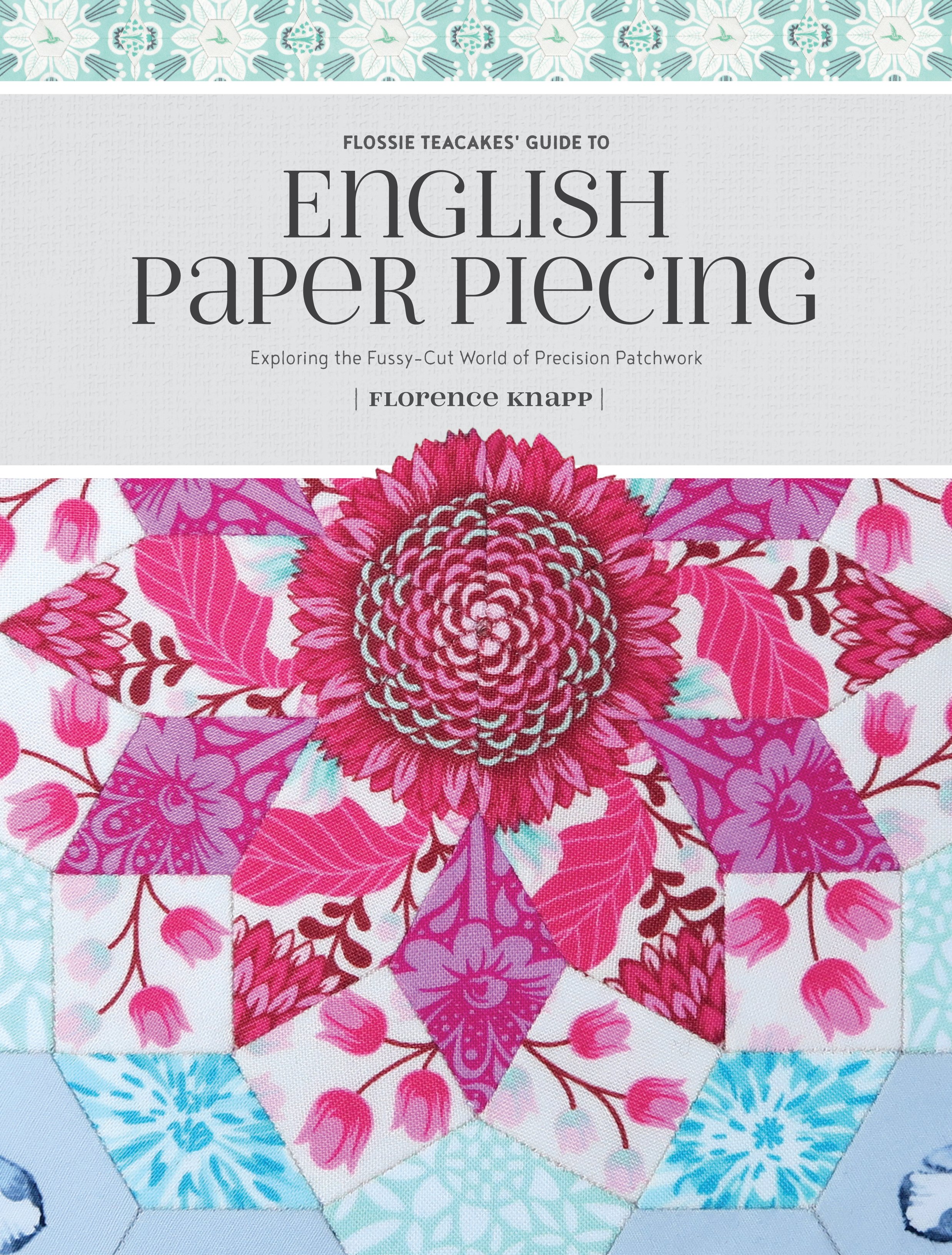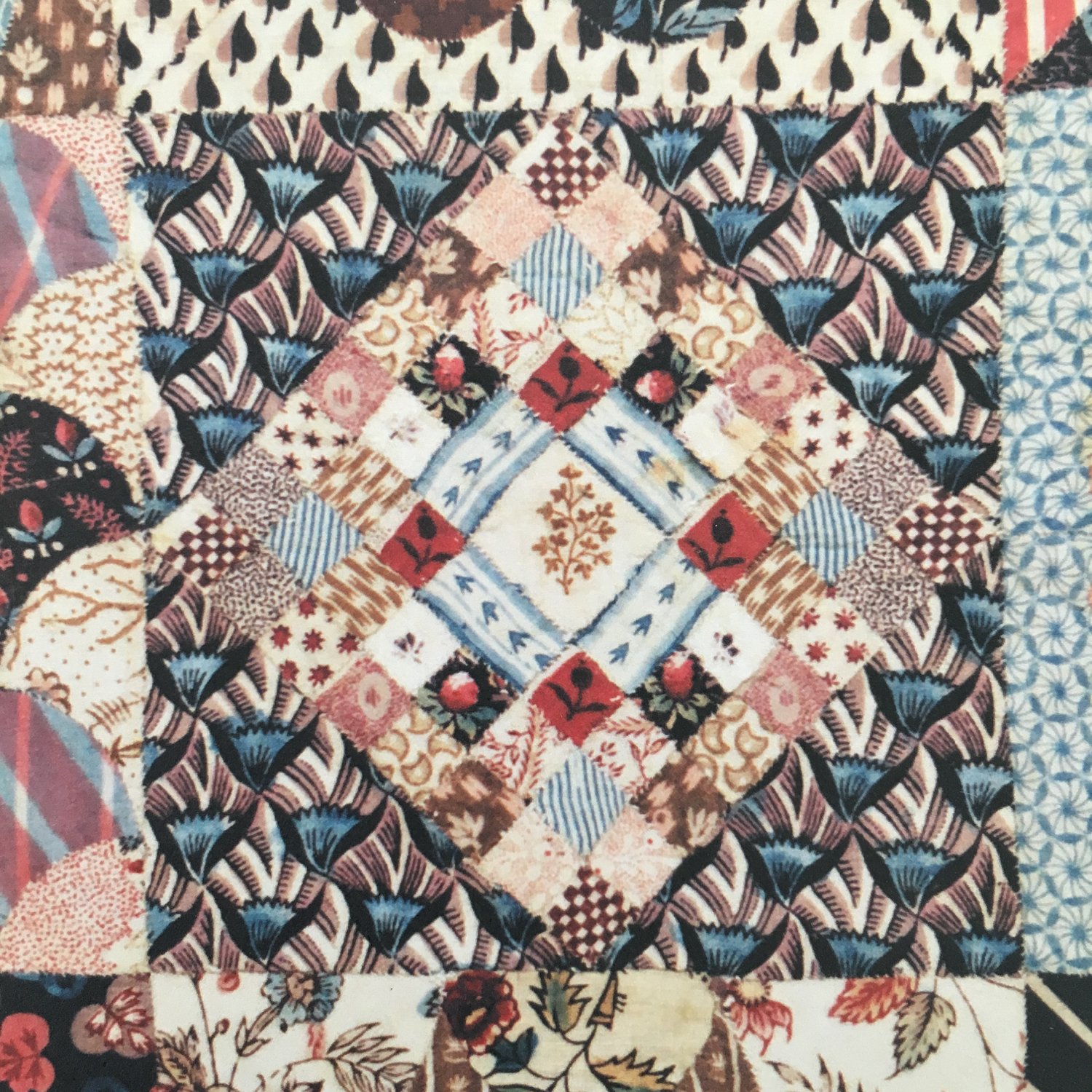
My books.
Below, details of my debut novel, as well as the non-fiction books I’ve written or contributed to.
The Names
My debut novel, The Names, was published in spring ‘25, by Phoenix Orion in the UK and Penguin in the US and Canada. It’s being translated into over twenty languages. Here’s the official synopsis:
Tomorrow - if morning comes, if the storm stops raging - Cora will register the name of her son. Or perhaps, and this is her real concern, she'll formalise who he will become.
It is 1987, and in the aftermath of a great storm, Cora sets out with her nine-year-old daughter to register the birth of her son. Her husband intends her to follow a long-standing family tradition and call the boy after him. But faced with the decision, Cora hesitates, questioning whether it is right for her child to share his name with generations of domineering men. Her choice in this moment will shape the course of their lives.
Seven years later, her son is Bear, a name chosen by his sister, and one that will prove as cataclysmic as the storm from which it emerges. Or he is Julian, the name his mother set her heart on, believing it will give him the opportunity to become his own person. Or he is Gordon, named after his father and raised in his image - but is there still a chance to break the mould?
This is the story of three names, three versions of a life and the infinite possibilities that a single decision can spark. It is the story of one family and how love endures, no matter what fate has in store.
I’d be delighted if you’d like to pre-order a copy of The Names (early orders make such a difference to authors, publishers, and bookshops).
flossie teacakes’ guide to english Paper piecing
Published in 2018, this is a book of two halves. The first half is full of discussion, stories, and interviews, not just about English paper piecing, but more generally about working with our hands. It will take you on a journey into prisons to hear about men who hand-sew as a way of creating a new life for themselves; we'll look into why humans are so drawn to symmetry and repeating pattern; I'll bring you with me on a day trip to see Lucy Boston's English paper pieced quilts in person; we'll consider how fabric has influenced the English language; you'll find out how novelist Tracy Chevalier came to write a story about hand-pieced quilts; we'll explore why people feel compelled to sew and what the mental and physical benefits of doing so might be; we'll meet the granddaughter of a man whose individual quilts contained more pieces than I could ever hope to sew in a lifetime; and from there, we'll go on to discuss what drives some people to undertake (and successfully complete) such extraordinary feats of quilting. In my research, I pored over books and papers written by quilt historians, neuroscientists, physicists (Richard Feynman and quilting have more in common than you might first imagine), psychologists and mathematicians, as well as consulting with fellow quilt-makers. The result is an eclectic collection of bite-sized essays, rounded off by a series of interviews where I'll introduce you to some of my favourite modern-day English paper piecers.
In the second half of the book, there's an extensive techniques section that covers everything from looking at how different shapes tessellate, to how to make your own templates, along with step-by-step instructions and photos walking you through every technique you might need for EPP. The book also takes an in-depth look at fussy cutting and the effects that can be achieved by cutting fabrics in a variety of different ways (there are some fun visuals to go with this bit). Finally, there are three rosette patterns, and a bigger quilt pattern that contains more advanced techniques, including tackling curves.
The V&A’s Patchwork & Quilting
In 2017, I created a trio of English paper pieced blocks for the V&A Museum, to feature in their beautiful book, Patchwork & Quilting: A Maker's Guide, published by Thames & Hudson.
Contributors were invited to pick something from the museum's collection and create a piece inspired by it. I chose this Sundial Coverlet from 1797 as my inspiration piece, drawn to it through a combination of it containing some wonderful blocks suitable for EPP, as well as finding the thoughtfulness behind its structure appealing. Described by the V&A as 'a microcosm of her world in cloth', the maker placed matters close to home at the centre of the quilt, and slowly stitched her way out to the far corners of the world. The central blocks relate to domesticity: a pincushion, needle, scissors, the initials of herself or family members. Moving outward, the coverlet is dotted with blocks referencing the garden: ducks, birds, butterflies and honeysuckle. In the four corners are pieced maps: the top two showing the Eastern and Western Hemispheres on the globe; while the outline of England and Wales, and then Scotland, are depicted in the two bottom corners. It's a structure that made me imagine a maker who appreciated what was close to home, but who was also outward-looking and whose dreams were filled with travel and adventure.
While the more figurative blocks initially attracted me to the quilt, I focused on geometric piecing, more suitable for EPP. Having drafted three blocks, I chose to use Liberty prints, which feel to bridge the gap between old and new. I tried to mirror the original maker's careful placement of prints. In the circular block, you can see she's used the same prints at 12 and 6 o'clock, and then again at 1, 5, 7 and 11 o'clock, and so on.








